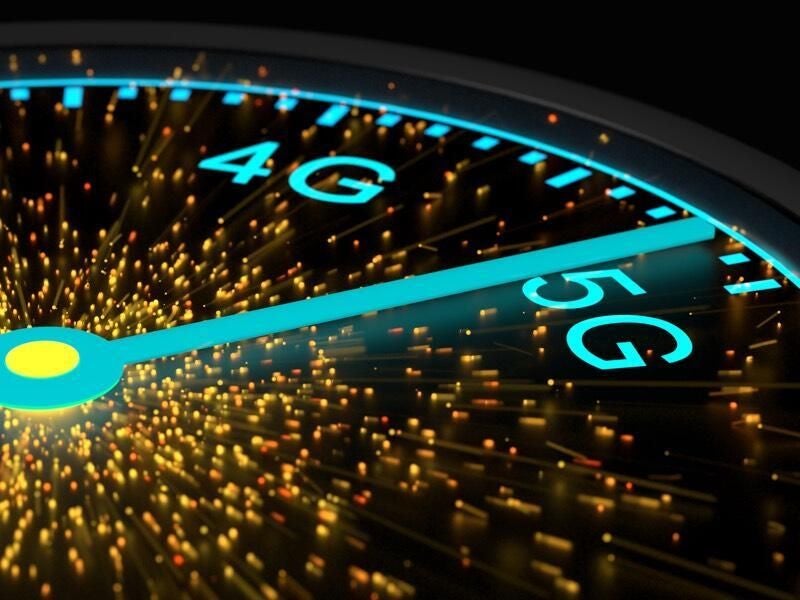
Researchers, students and entrepreneurs at Caltech and Penn State now have 5G connections to support research and development in new labs funded by Verizon. These universities join Arizona State University, the University of Illinois and the University of Michigan, which are using 5G connectivity for research projects. Students are working on manufacturing process automation, autonomous vehicles and robotics.
The Caltech Center for Autonomous Systems and Technologies is working with drones to detect, interpret and respond to weather conditions in real time. Researchers will use the 5G connection to offload the heavy computing hardware that artificial intelligence operations require from a drone to the edge of the network. This capacity could allow for quick interpretation of changing weather data and the required in-flight adjustments.
Nicki Palmer, chief product development officer at Verizon, said in a press release the research at CalTech represents the types of use cases that 5G can really take to the next level.
“While drones can run using 4G or WiFi today, 5G and mobile edge compute can add the capacity and low latency needed to make flight navigation changes instantaneously,” Palmer said. “With 5G and mobile edge compute, drones can also be lighter and more efficient because the edge network can handle the processing, thereby eliminating hardware elements on the drone.”
Verizon is funding the drone research for a year in addition to 5G devices and consulting services. Researchers conduct the research in an aerodrome that is three stories tall and has 2,500 small computer-controlled fans. The fans simulate weather conditions ranging from a light breeze to a hurricane.
At the 5G lab at Arizona State University, students and faculty are using the high-speed connectivity to make education more inclusive, equitable and accessible, according to Verizon. The “Digital Equity Jam” launches this month and will focus on health, climate, poverty, human rights and education.
“At Arizona State, they are testing a variety of immersive educational experiences powered by 5G Ultra Wideband including a career arcade using VR, where students can experience a day in the life of a potential career, and a Dreamscape pod where they can experience a Biology class in virtual reality,” Palmer said.
Verizon is also working with Penn State at the university’s Innovation Park. This complex includes manufacturing and research space and researchers will use 5G Ultra Wideband to build new products and services for education, training and workforce development.
Tim Simpson, a professor of engineering design and manufacturing and co-director for the Center for Innovation Materials Processing through Direct Digital Deposition, said in a press release that 5G capabilities in the center will create new opportunities to drive the use and adoption of additive manufacturing.
Verizon’s Palmer is a Penn State College of Engineering alumna and a member of Penn State’s Corporate Engagement Advisory Committee. Palmer said in a press release that the company hopes to accelerate the research and development of new use cases for 5G Ultra Wideband connectivity and mobile edge compute.
Both projects are part of Verizon’s partnership strategy to build a 5G ecosystem that includes universities, startups, national labs, the government and the military. The company also has a 5G lab in London and is planning 5G Innovation Hubs with customers.
5G networks have continued to expand over the last year, despite the challenges presented by the ongoing pandemic. In a 2021 Annual Survey, CTIA found “… a remarkable run of private investment that ensured wireless networks were more than up to the challenges posed by COVID-19.” Wireless providers spent $29.9 billion in fiscal year 2020 in 5G infrastructure, compared with $29.1 billion in 2010. During 2020, the number of 5G cell sites in the U.S. went up to 417,215 compared with 395,562 in 2019–an increase of 21,653. The U.S. had about 350,000 5G cell sites in 2018. The total number of wireless connections continues to grow as well with data-only devices representing 41.3% of all connected devices. The total estimated connections in 2020 was 468.9 million in 2020.
